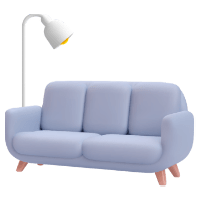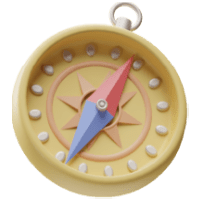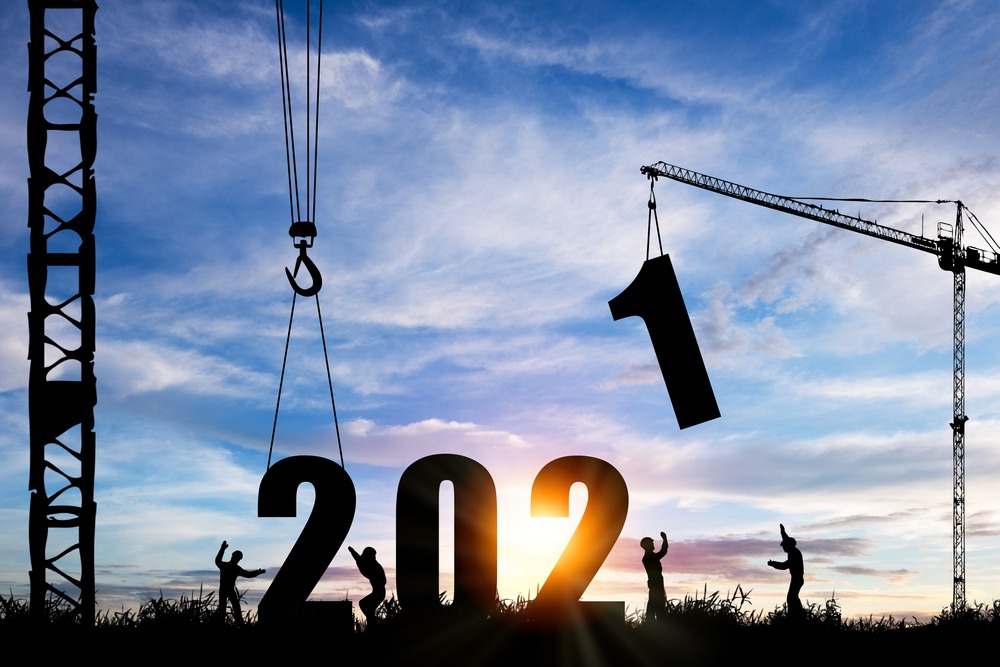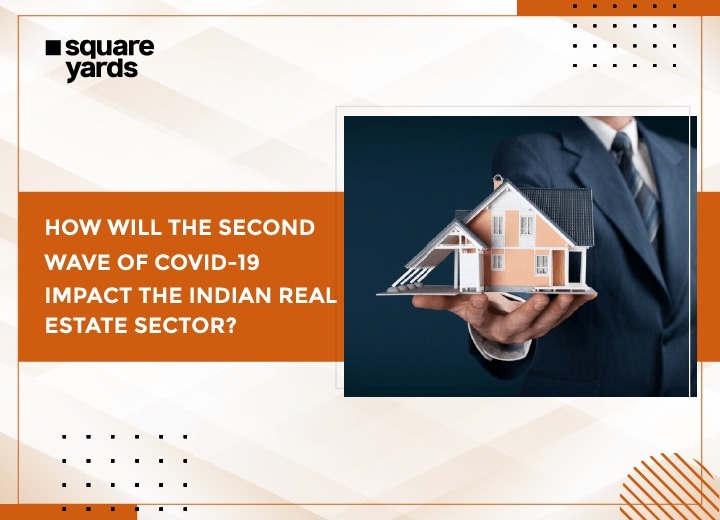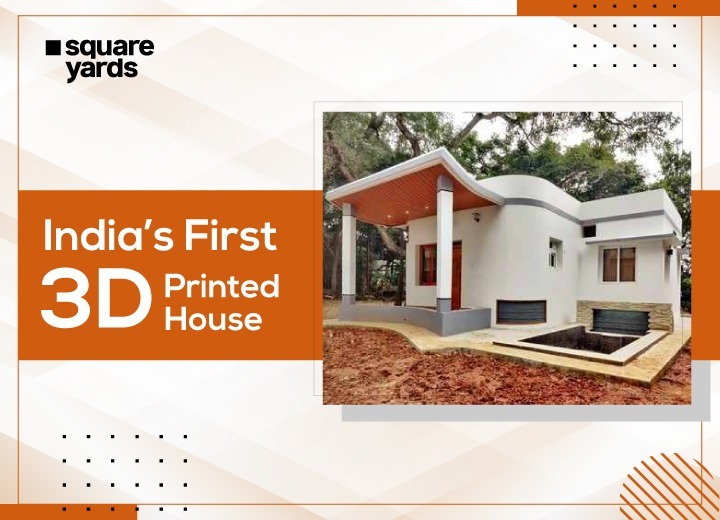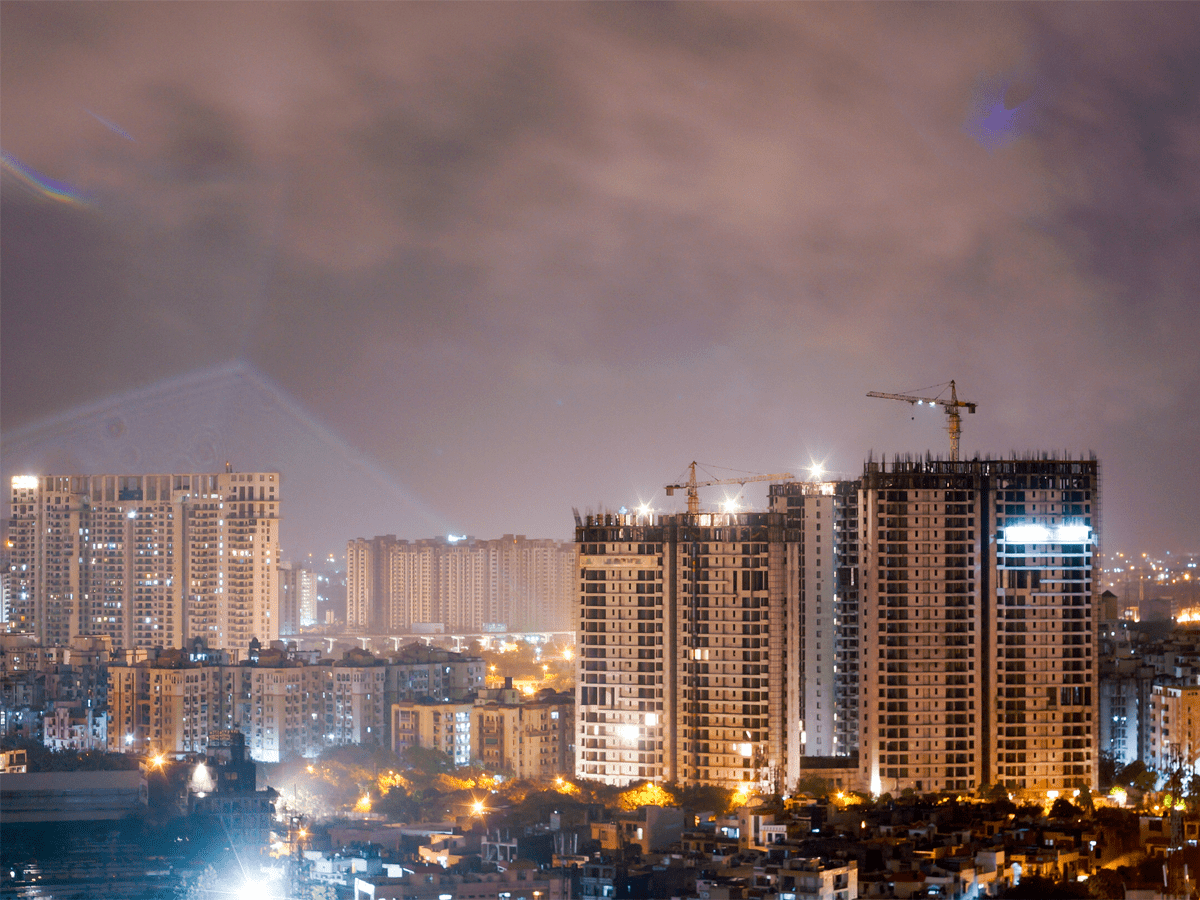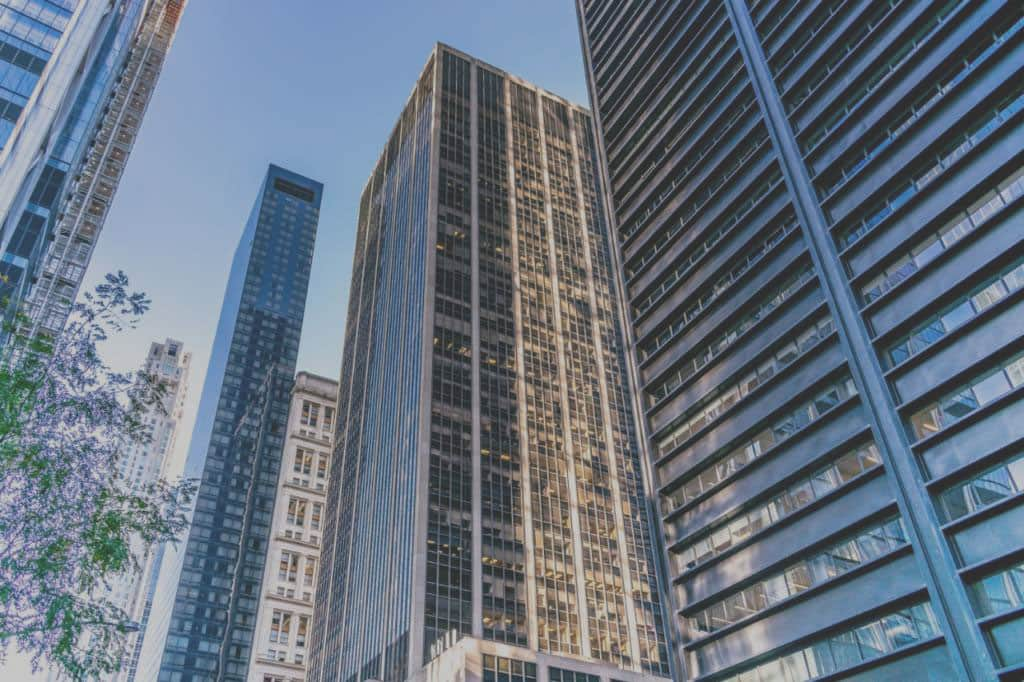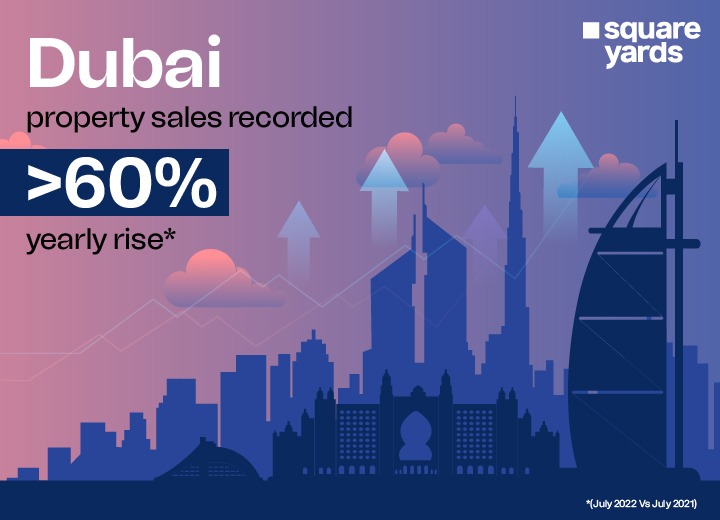Disclaimer: No homophobes were harmed while writing this liberating piece. This article contains the lush integrity of the LGBTQ+ community and clap backs to heteronormative norms. Homophobic discretion is advised.
‘Tis the season of rainbow capitalism. What’s that, you ask?
As June arrives, various corporations conveniently change their logos to LGBTQ+ community flags, announce massive ‘pride’ discounts, and slap rainbows on all their products while your social media suddenly transforms into a unicorn island. Chances are, you’ve witnessed this debacle or worked for such companies. A month which is supposed to be a period of awareness, integrity, respect and love towards a deeply marginalised community, has become a cash cow for marketing strategies.
That’s essentially the ecosystem we live in today. The ‘woke’ section of society thinks posting ‘Happy Pride Month’ on Instagram stories solves the deeply-embedded bigotry towards the LGBTQ+ community. Sorry Karen, it’s not your cuppa joe.
Of course, pride walks are taking centre stage, and awareness campaigns are getting engagement, but is that enough? Are you extending support to the community the same way you share pictures of pride walks on social media? You may forgo this thought with a scroll or by shifting the tab, but you cannot escape reality. You see, in the pyramid of life, our sense of being and propagated values shape society. This ultimately impacts all spheres of our existence. Turn any page of history, and you’ll notice how a toxic heterosexual stance burned empires to ashes while humanity succumbed to patriarchy.
When you live in a country that gets its knickers in a twist every time someone makes a movie about a fictional queen, a cis-male celebrity wears makeup or a cis-woman dresses up in a power suit, a queer individual can be considered a rebel without a cause. Unfortunately, sexual minorities are often treated as refugees or criminals in their own countries and are compelled to seek solace in less oppressive cultures.
However, after a hurricane comes a rainbow (Katy Perry fans assemble!) and hope is top-tier in the pyramid of life. Imagine – if the LGBTQ+ community redesigned the Indian metropoles, they would nonchalantly remodel Mumbai, Bengaluru, Delhi and Kolkata in flamboyant hues of mid-century modern themes, before the country’s law shoved their existence in the closet. Enter- Queer Spaces, this segue took time because a mirror is important for a two-faced reality.
Table of Contents
What are Queer Spaces?
Before we even broach queer spaces, it is important for the less-educated folks to cross paths with queerness. Textually, ‘queer’ means eccentric or unusual. In the context of the community, ‘queer’ is an umbrella term used to denote individuals who have been othered by social norms, customs and orthodox notions of gender. Often used as a slur, now the LGBTQ+ community embraces it with pride!. Long live queer-iosity!
Architectural designs that put the desires of the LGBTQ+ community at the forefront lead to a queer space. Be it homes, workplaces or public spaces, if architecture is modelled keeping the psyche of queer individuals in mind, it would result in an equitable living environment. The intent is simple – designing spaces free from induced patriarchal stereotypes and giving individuals the comfort of self-expression.
Queer spaces evolve with time, teach individuals to move between worlds and design a reality that aligns with their thoughts.
See also The Human Psyche of Architecture: A Dire Sine Qua Non
How Can We Design Queer Spaces at Home?
Architecture primarily deals with designs that cater to the human senses and emotions. Therefore, it creates a strong connection with people to provide them comfort and pleasure.
The concept ‘design for all’ is of great importance when strategising queer and inclusive spaces.
For example, while planning the architectural design of a skyscraper, if experts only take into account one cohort i.e. cis-men from the working class, one would assume that the high-rise would just be a stacked pile of bachelor pads. When architects take into account the entire demographic, there will be a paradigm shift in design.
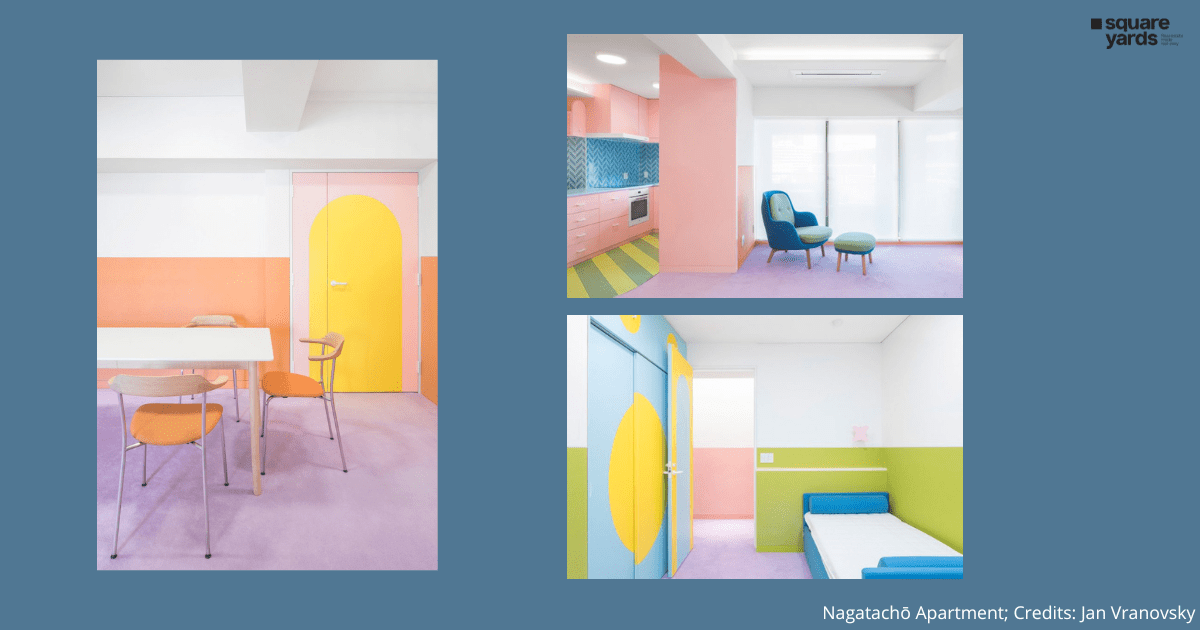
This ideology can distinctively be seen in Nagatachō Apartment, Tokyo, as designed by Adam Nathaniel Furman. The subtle colours and the choices made with the materials in every room, alongside the curved nuances of arches and furnishings question the heteronormative standards of design. While looking at the house, one can not only witness the bubblegum fantasy come to life, but also see how gender-fluid the choices are in terms of interior design. From a psychological viewpoint, the apartment allows ample natural lighting that brings interior design home to one.
Do Workplaces Need a Queer Design?
Your office definitely needs an LGBTQ+ friendly design, but that really depends on how homophobic your employer is. Psych!
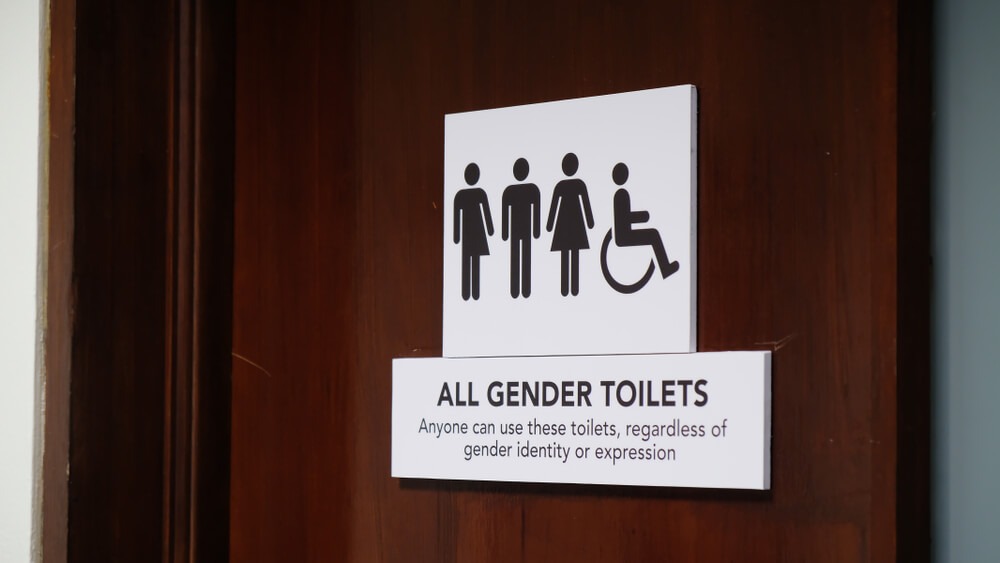
Workplaces are professional shrines and they need to be inclusive of the policies and interior design that cater to the queer community. When a 9-5 job warrants you to be on your toes, it is important that the work environment makes you comfortable. Enclosed cubicles, poor ventilation and lighting can trigger queer individuals like nightmares. The oddities in designs may result due to the inadequate knowledge of the transgender community. It is essential to either design gender-neutral washrooms or restrooms that are dedicated to non-binary individuals.
Amidst all the prejudices, Kochi Metro Rail transformed a large space into an all-gender washroom in 2017. This initiative came into effect when the first set of transgender recruits raised an alarm to the authorities.

Macquarie University in Australia celebrates diversity and inclusion not only with its policies but also by curating a safe space for the community. The design of the queer space in the institution facilitates conversation through an open layout in design to stimulate unhindered conversations between staff and students.
Do Public Spaces Need a Queer Design?
Most people might not even think about public places being gendered. However, if you dwell upon it, these spaces that are built for people, by the people, are predominantly heterosexual. Why? Architecture, through the ages, has been a male-dominated industry. Over the years, most architectural designs have catered to the male perspective – be it offices, clubs, sports establishments or parks.
The heterosexual assumptions while designing a space can affect the thought process of individuals who do not conform to masculine hackneyed ideas. Poorly executed designs in public spaces like claustrophobic parking zones or areas with poor lighting make them intimidating enough for marginalised groups who avoid open places altogether.
Exhibit A: 10% of India’s population identifies themselves as queer. Think about individuals who are in the process of coming out to themselves or are struggling with their sexuality. If the architecture in open places makes them feel like the closet they’re in, it would directly impact their life decisions.
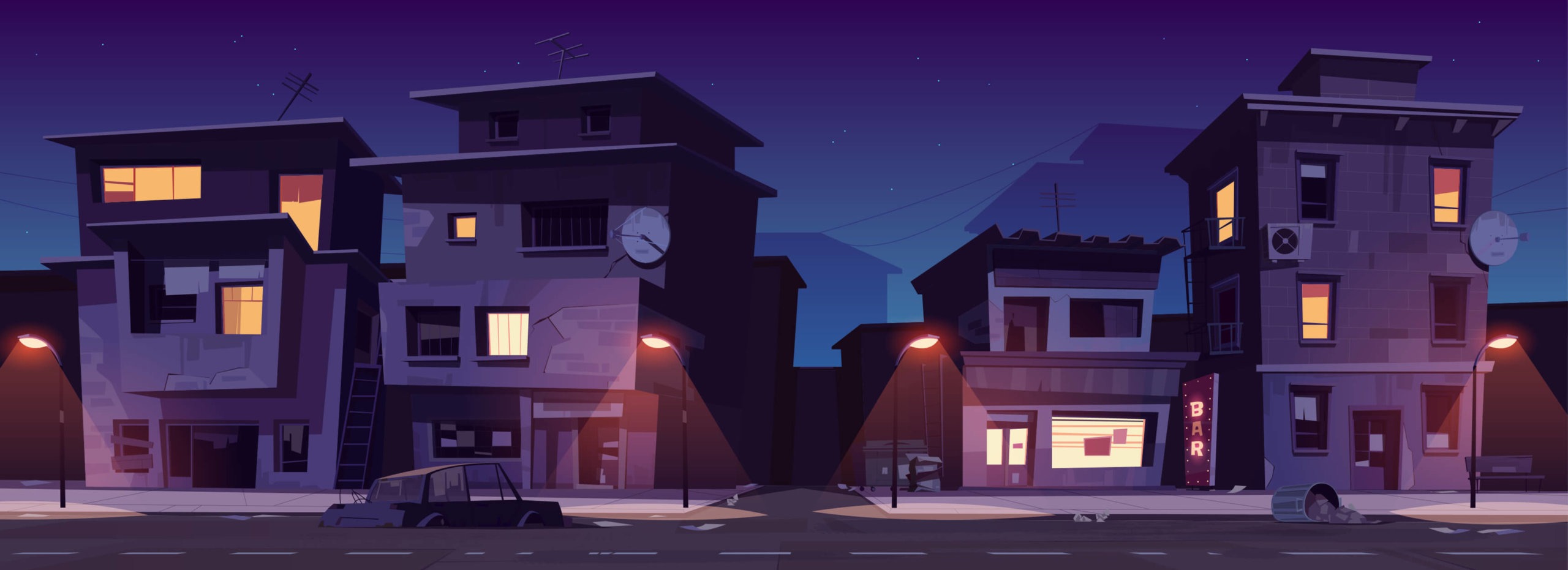
Exhibit B: Space is power, right? There isn’t enough of it. Women’s safety on the streets of India is often questionable. The plight of queer women in unsafe public spaces is alarming because of the pre-dominant heteronormative ideas in urban planning.
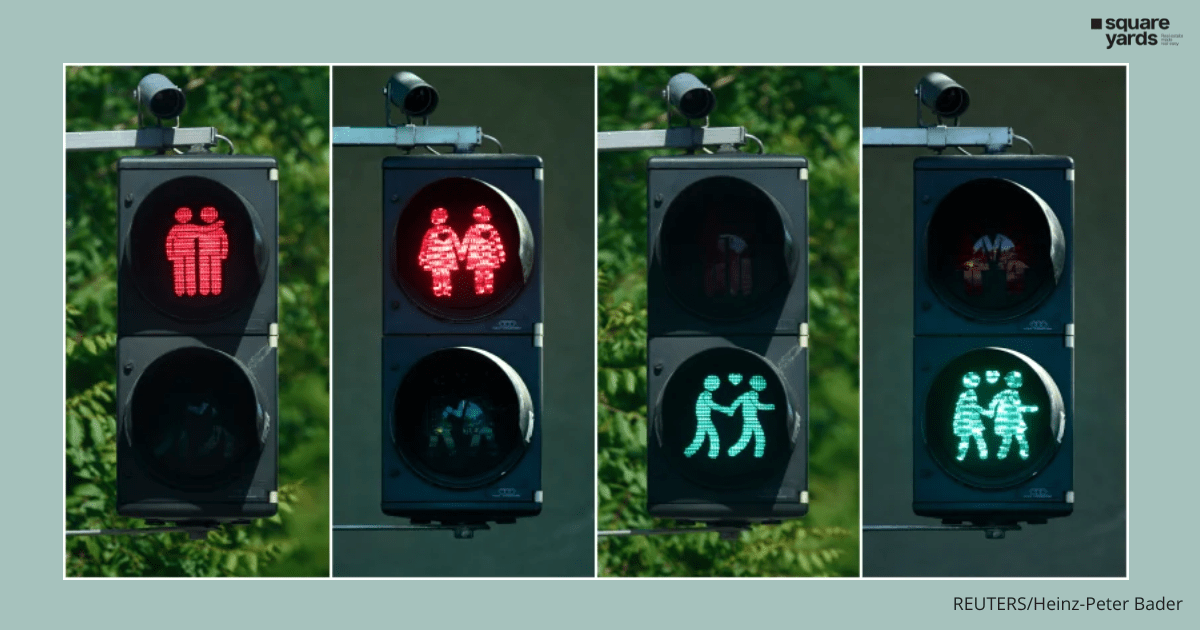
For the 60th Eurovision Contest, the streets of Vienna got a queer makeover. The pedestrian lights featured queer-friendly symbols at road crossings.
So, Yasss Queen!
We do need queer architectural designs in public spaces to make them more welcoming for the minorities. Hence, the following pointers should be kept in mind while devising a plan for inclusive public spaces.
- The ambience of the space must include the mapping of buildings and roof lines.
- The expression of monoculture or diversity must be conveyed through the streetscape.
- The inclusion of water features like fountains or ponds along with botanical gardens provides close proximity to nature.
- Curvilinear spaces where the structures have soft edges stimulate the human psyche.
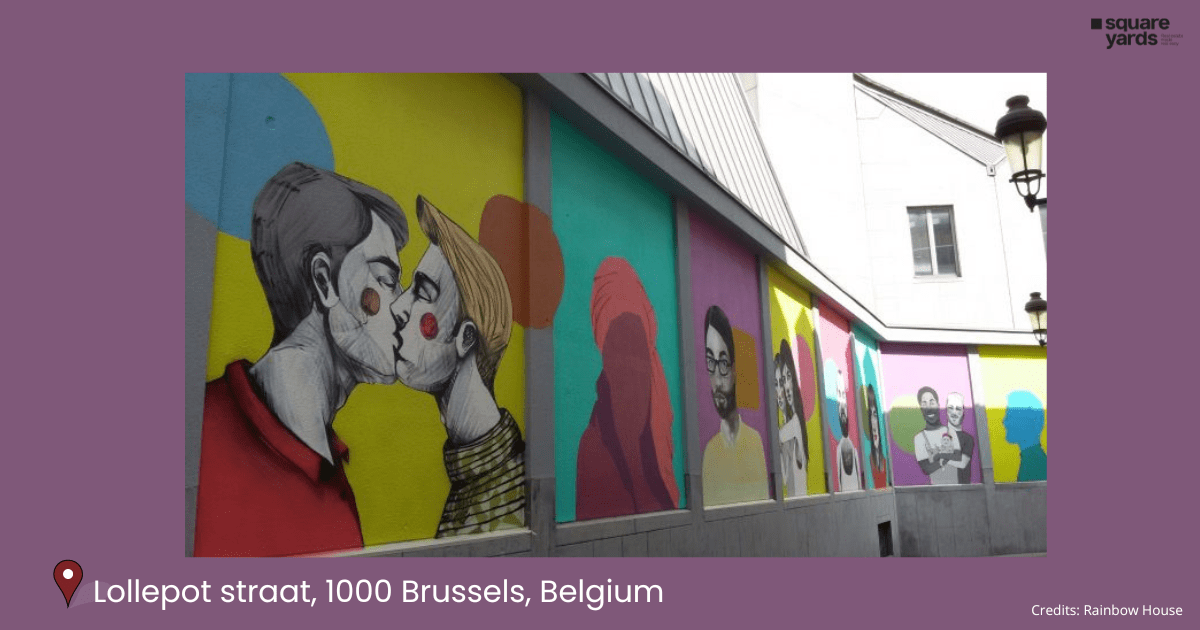
Titled ‘Out in the Street’ the above mural is the first gay, lesbian and transgender wall strip in Brussels spanning 40 metres. The art resorts to humour to portray the difficulties of the LGBTQ+ community.
A major way to suffuse inclusivity and retain the history of the LGBTQ+ community in public spaces is by painting murals. When incorporated into the urban landscape, street art can be an intervention for visitors from diverse backgrounds. A more direct way of doing that would be reclaiming the history of the LGBTQ+ community. If we do not represent history, it’s very easy for people to also claim that we should not have a present.
See also The Future of Architectural Excellence Inside the Virtual Reality of Metaverse
Pride and Prejudice
View this post on Instagram
On one hand, we live in a world that says be yourself, and when some of us do it, we’re targeted for our own individuality. This has so much to do with the silence of the majority watching it happen. The LGBTQ+ community templates freedom as a way of life. If you look across history through the lens of Stonewall Riots, you’ll understand the cost of being oneself in a world that loathes your existence. The people who harbour prejudices against the queer community have no idea who they are without hate. Homophobia is bounded by fear, while the LGBTQ+ community is unified by love. Architecture is the root of urban lifestyle, and if heteronormative norms govern the sense of belonging of queer individuals, freedom will be a fictional concept. A change in a house, building, town or city’s orientation would require tailored mindscapes before the landscape follows suit.







